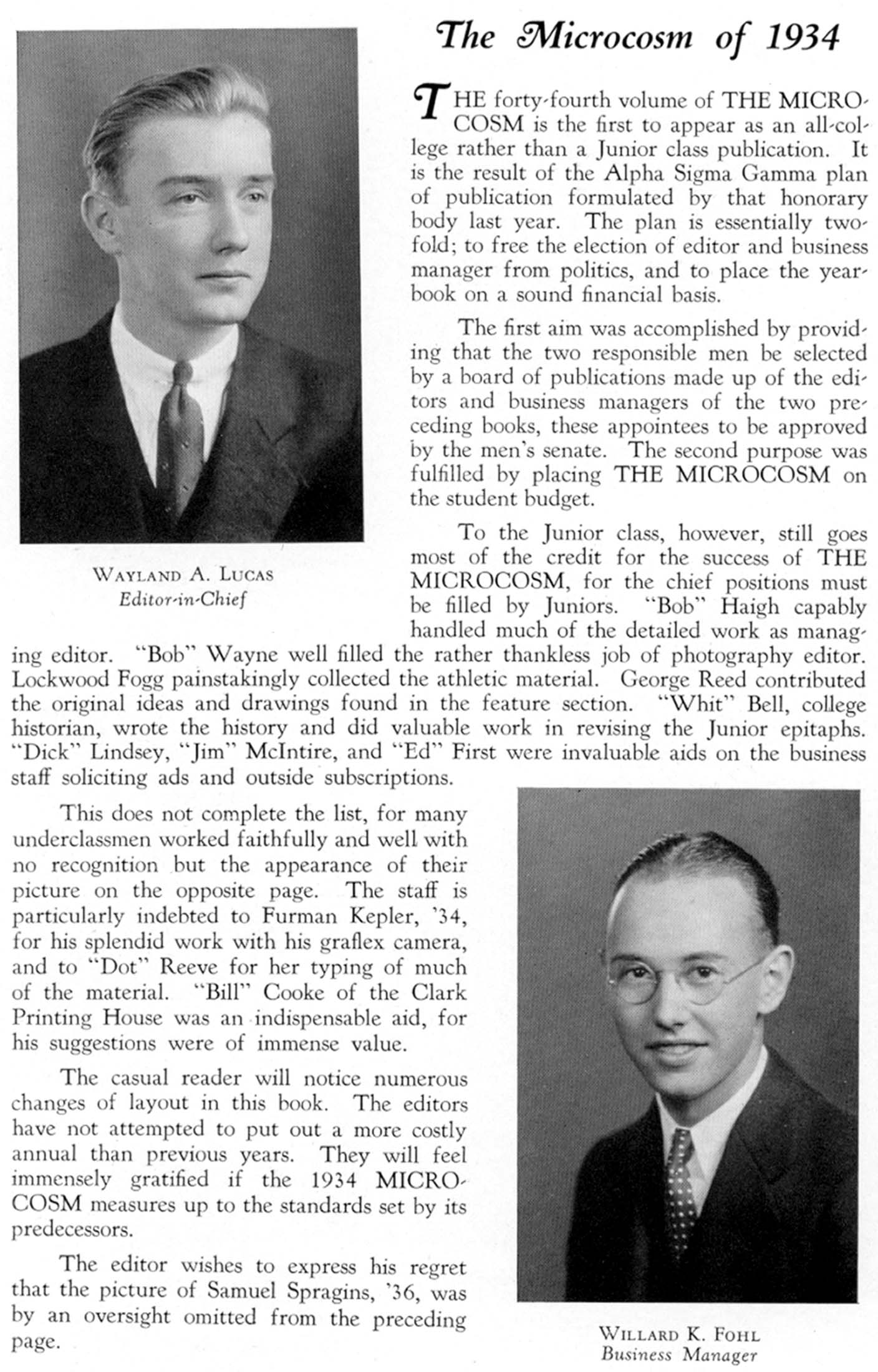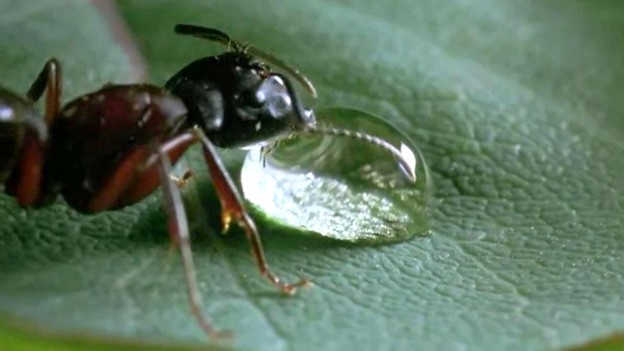
The negative effects of habitat fragmentation operate at the scale of dispersal.
Example of microcosm Patch#
Rethinking patch size and isolation effects: the habitat amount hypothesis. Journal of Wildlife Management, 61, 603–610.įahrig, L. Relative effects of habitat loss and fragmentation on population extinction. Aspects of soil lichen biodiversity and aggregation interact to influence subsurface microbial function. Biodiversity and Conservation, 23, 1619–1637. Biological soil crusts (biocrusts) as a model system in community, landscape and ecosystem ecology. Negative and matrix-dependent effects of dispersal corridors in an experimental metacommunity. The proximate causes of asymmetric movement across heterogeneous landscapes. I summarize by outlining the advantages and disadvantages of microcosm studies and contrasting these with mesocosms.Īcevedo, M. In addition, I show how fragmentation experiments are possible with certain kinds of microcosms, a type of experiment that is difficult to do with mesocosms. Microcosm studies that have addressed landscape ecology questions have included perception experiments, tracer experiments, internal patch characteristics, and patch connectivity. Despite this, microcosms can share similar challenges of scaling up that mesocosms have. Thus, microcosms represent a model system for larger-extent ecological communities and landscapes.

This has the advantage of a system that is easy to manipulate (and replicate) but which a more natural representation of the real world than the contents of a mesocosm. However, unlike mesocosms, where the container is artificial, such as a tank or aquarium, in microcosms, the container is naturally occurring, such as a tide pool or a pitcher plant. Microcosm results don’t always translate directly to the real world, but these tiny universes are a great place to start.Microcosms are similar to mesocosms in that they are “contained” experiments. This kind of global-scale question is very difficult to test under controlled circumstances without a microcosm. Consider a thorny ecological problem-how does biodiversity affect an ecosystem? Looking at decomposer bacteria, another Rutgers study found that decomposition increased when more species of bacteria were present, in comparison to when higher abundance of one bacteria species was present. But it does show that interactions between organisms can impact how a species responds to temperature change and that these interactions between species are very difficult to predict.īesides modeling the future, microcosms can be equally valuable for understanding the present. Clearly this system is much simpler than a real food web, and climate change itself is more complex than just a direct temperature increase. The importance of the study is not in the details of the results, or its direct applicability to natural ecosystem.

As the temperature increased, paramecium went extinct in the flask at an increasingly rapid pace. When they were together competing for food in the same jar, one of them, paramecium, was quickly outcompeted by the other. When they were alone, each microorganism predator easily survived to the end of the experiment. Roughly six weeks later, the results were in.

Sets of microcosms were kept at five different temperatures to simulate a range of possible temperatures. To that end, researchers at Rutgers University created 240 microcosms, each containing three different species of bacteria and one or both of two different microorganism predators (another advantage of microcosms-you can easily build a lot of them). Understanding the impact on entire communities of organisms is even tougher. Take, for example, climate change. Predicting the impacts of climate change on an organism can be very tough since it depends on so many factors-what is happening where the organism lives, the interactions between different organisms, and so on.

Microcosms are particularly helpful to ecologists and evolutionary biologists, since the system can be controlled experimentally in a way that the actual world cannot. These systems-in-a-jar, used to understand broader processes, are called microcosms. Microcosms can also easily be observed over multiple generations since the microorganisms within don’t live very long. Besides modeling the future, microcosms can be equally valuable in the present.


 0 kommentar(er)
0 kommentar(er)
